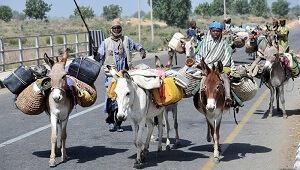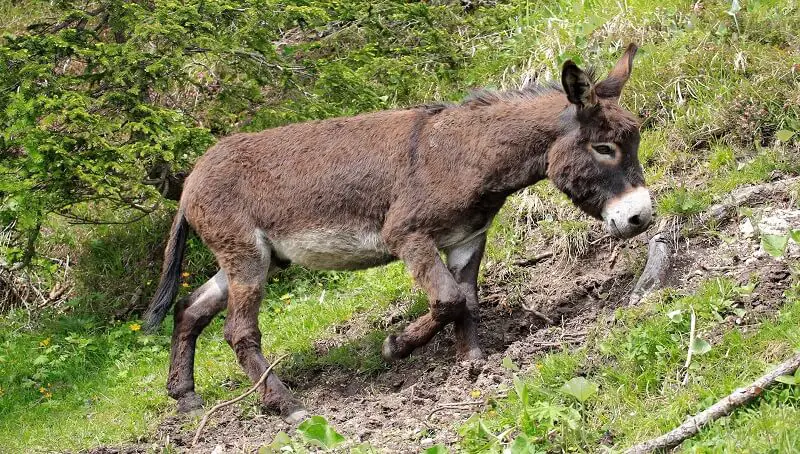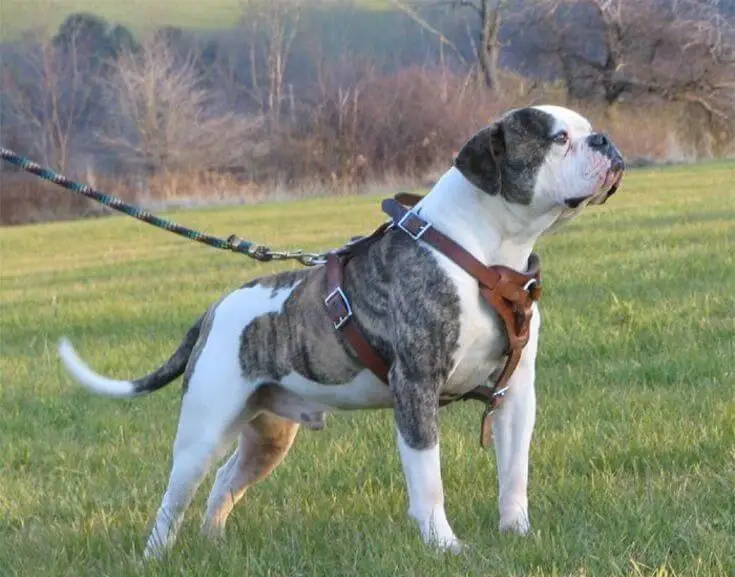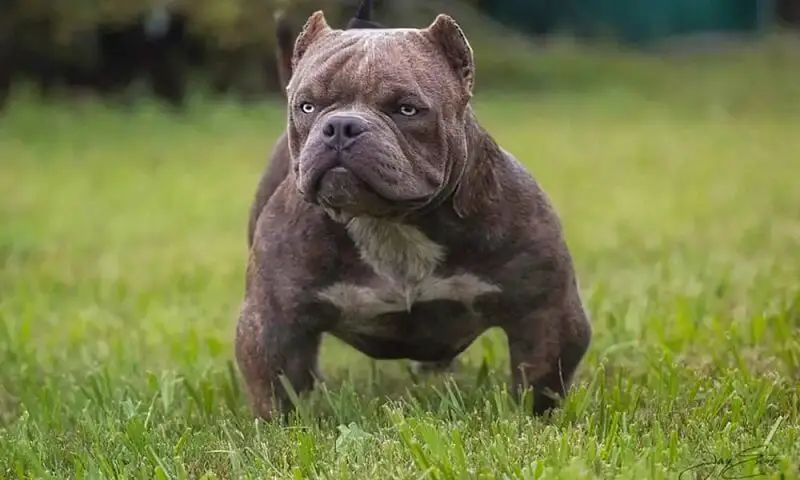Today’s donkey, Equus Africanus Asinus, is the wild donkey of Africa, which has three known subspecies: The Atlantic, the Nubian, and the Somali. The domestication took place about 4-6 thousand years ago. During the domestication period, the donkey did not play a significant role in history, as did other species of large domestic animals, such as the horse.
Its existence was decisive in the development of human civilization, even though the donkey had neither the speed nor the power to help it compete with the majestic stud. Therefore, the donkey was very common in the less developed, poorer areas and major trade routes, being of great help when carrying luggage.
The purpose of their growth would be to form a herd with a well-proportioned stature, a confident, gentle appearance, good behavior, and prone to work. It will have to bear the optimal characteristics of the species such as resistance to environmental factors (weather, nutrition, diseases), be unpretentious, have power and high working capacity compared to stature, but also have a long active period in the field of work, 20-25 years.
How does a donkey look?
It is a mammal, related to the horse and zebra. Its legs end with hooves. You can recognize it by its long ears, which help it maintain its body temperature, and its short, wrinkled mane. Its tail ends with a tuft of hair and looks like a cow’s tail. The donkey has dark brown, black, or even light gray hair. Its coat is not waterproof, so it doesn’t like to be in the rain.
A donkey has a weight that varies between 50 and 100 kg. It can also reach the age of 40.
What does a donkey eat?
It is an herbivorous mammal, not so pretentious, who likes to eat. It likes to graze fresh grass, and eat hay and alfalfa. Corn, oats, and carrots are a delicacy for it. Donkeys like fresh and clean water, and if it’s dirty they won’t drink it.
Where can you find a donkey?
Before it was domesticated by the Egyptians, you could find it in Africa or Asia, but now it lives all over the world.
You might also like my articles on:
How does its family grow?
 The gestation period lasts 12 months and in April-June it gives birth to a colt, twins being very rare. The donkey is very lively and immediately rises to its feet. The next day it should already be running. When the donkey is born, it has all the molars.
The gestation period lasts 12 months and in April-June it gives birth to a colt, twins being very rare. The donkey is very lively and immediately rises to its feet. The next day it should already be running. When the donkey is born, it has all the molars.
How does a donkey behave?
Donkeys are very intelligent and have a developed sense of self-preservation, which has earned them the reputation of being “stubborn”. The donkey is careful and analyzes the various situations very well, and if it thinks something is dangerous you can’t change its mind. It is curious, playful, affectionate, and needs company to be happy.
What is a donkey useful for?
- to carry the necessary saddlebags of sheep and goats during transhumance;
- to calm the nervous horses, having a soothing effect when they sit together;
- in special riding programs for people with disabilities;
- as a traction animal, for riding, for agricultural work, for carrying luggage;
- health barometer in horse herds, having a shorter incubation period of common diseases, thus helping the veterinarian to detect contagious diseases early.
Did you know?
- Donkeys are native to desert areas in the Middle East and Africa and are anatomically well-equipped to survive in those harsh conditions.
- There are wild donkeys in Mexico, Texas, Nevada, Arizona, and Mississippi.
- There are more than 40 million donkeys worldwide. China, Pakistan, Ethiopia, Egypt, and Mexico have the most donkeys.
- A donkey will never engage in an activity if it thinks it is unsafe.
- Donkeys hate rain. Their skin is not waterproof and if they stay in the rain for a long time, their health is effectively damaged.
- These animals like to roll on the ground. This is actually their go-to fun activity.
- Donkeys and horses often interbreed. The offspring of a female horse and a male donkey is known as the Mule.
- A cross between a zebra and a donkey can be called Zonkey, Zebronkey, Zedonk, or Zebadonk.
- China has the largest number of donkeys in the world.
- Since 2005, donkeys entering the UK are required to have a passport.
- They can be used to protect animals from coyotes and wolves.
- John C. Reilly gave up filming Manderley, protesting the ending of a donkey’s life for the production.
- A donkey named Murphy was awarded the Australian Purple cross in 1997 for bravery among animals. During World War I, the donkey and its 22-year-old master carried the wounded from the battlefront and walked down the rivers through the rocks to the hospital. A statue of Murphy is also built at the Australian War Memorial.
- In the Bible, there is a donkey that can speak.
- The donkey is considered a holy animal because it carried the Virgin Mary and the baby Jesus on its back, thus being rewarded with the sign of the Holy cross on its back.
- Donkey milk is most like human milk, unlike the milk of other species.
- Donkey breastmilk is used in the treatment of “croup cough” and even in cosmetics.
- Many donkeys are used in developing countries as a means of commuting and transporting goods and services.
- Believe it or not, donkeys are very clever. They have an excellent memory and can remember the places they pass very well.
- They have an extraordinary memory, so they can recognize a donkey they haven’t seen in 25 years.
- A donkey can hear another donkey in the desert from 90 km away, due to good hearing and large ears.
- A donkey’s bray, how does it sound, lasts 20 seconds and can be heard 3 km away.
- A wild donkey in Mongolia runs faster than a reindeer.
- Unlike horses, donkeys do not get scared easily, because they have a strong sense of curiosity.
- Like monkeys, donkeys that live in a herd multiply among themselves.
- In ancient Egypt, the Egyptians used donkeys to carry all the precious metals in Africa.
- In the past, the commercial city of Damascus was known as the “city of donkeys”.
- The smallest donkeys are only 90 cm, the Mediterranean miniatures, native to Sicily, and the largest are over 135 cm, the mammoth donkeys.




